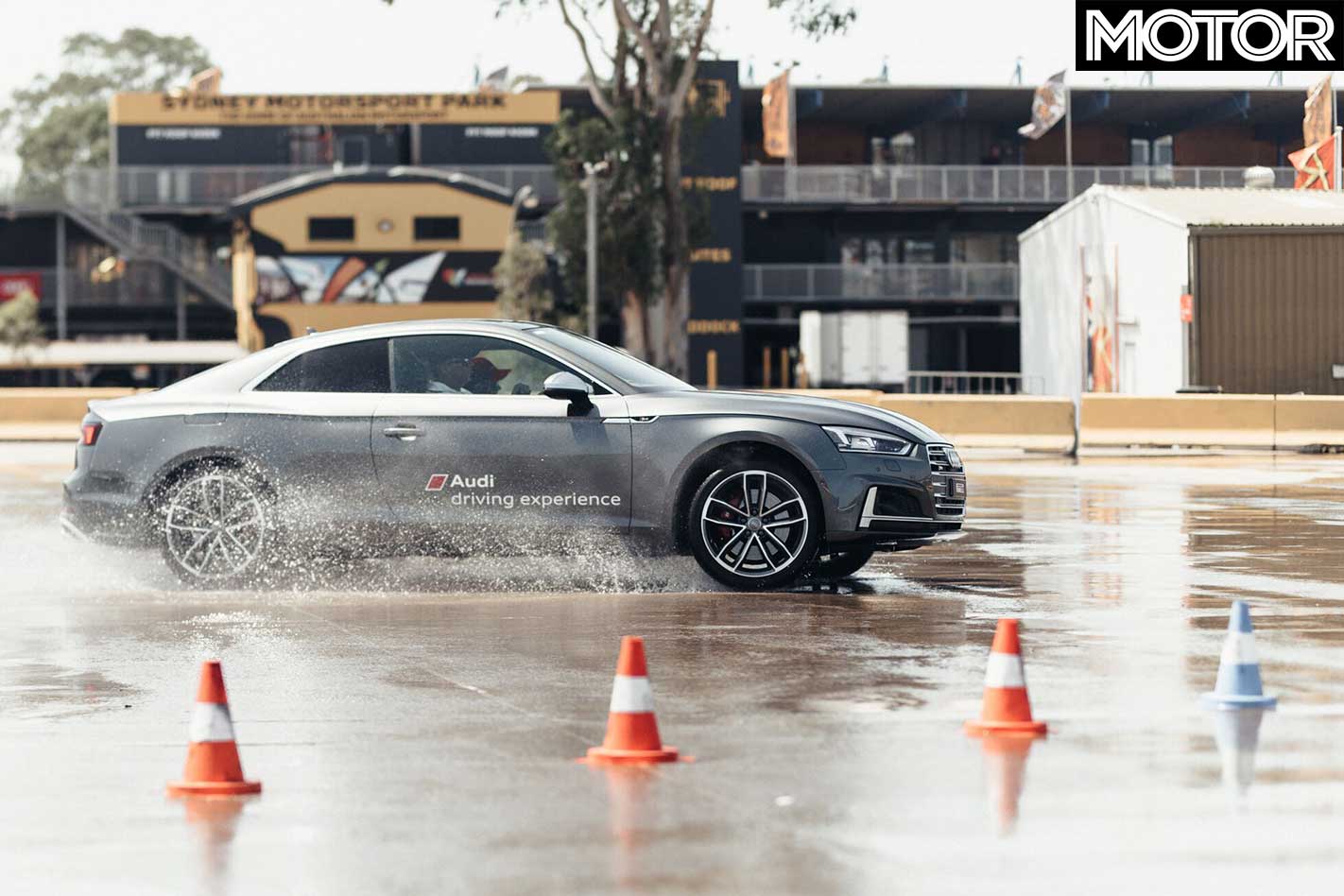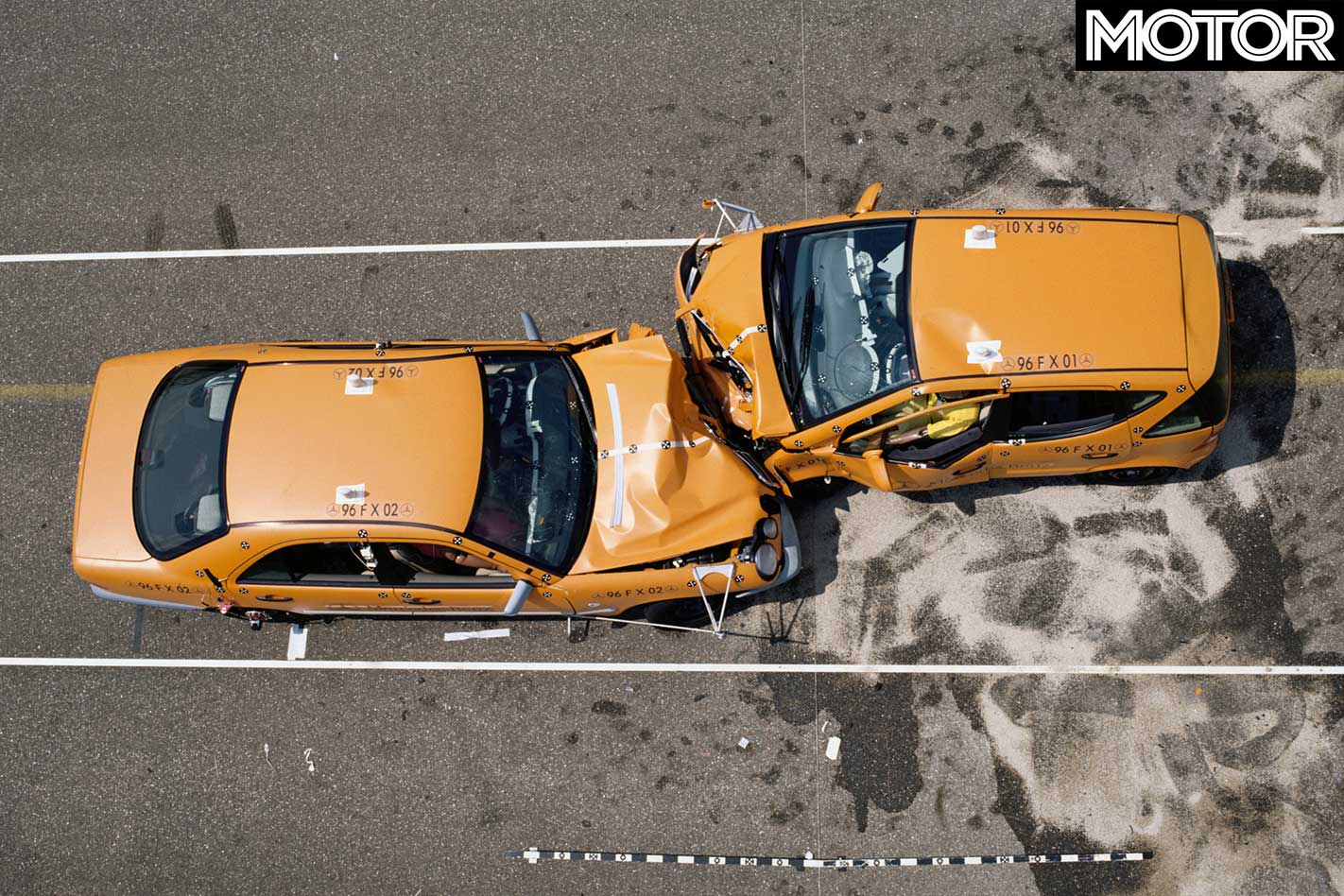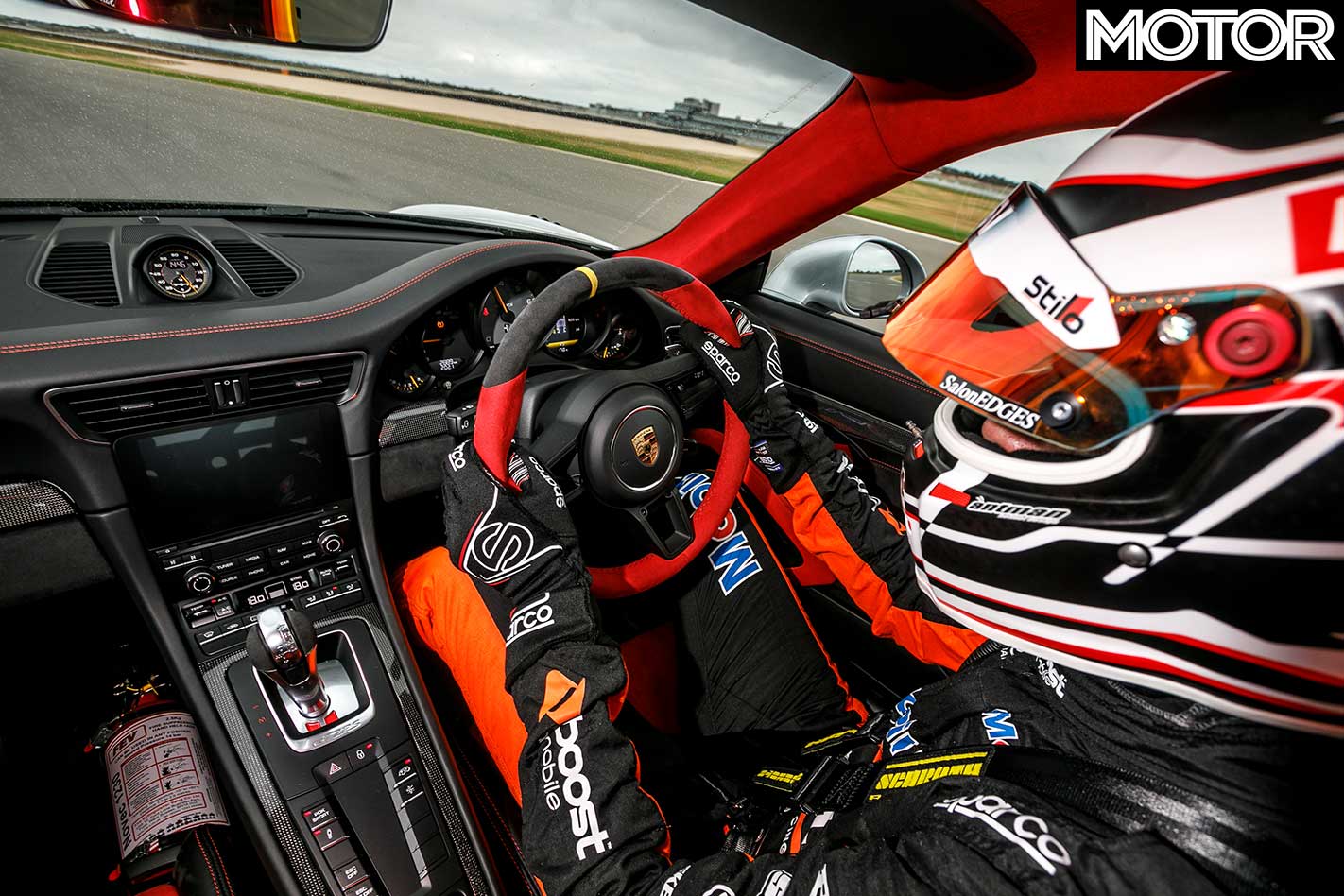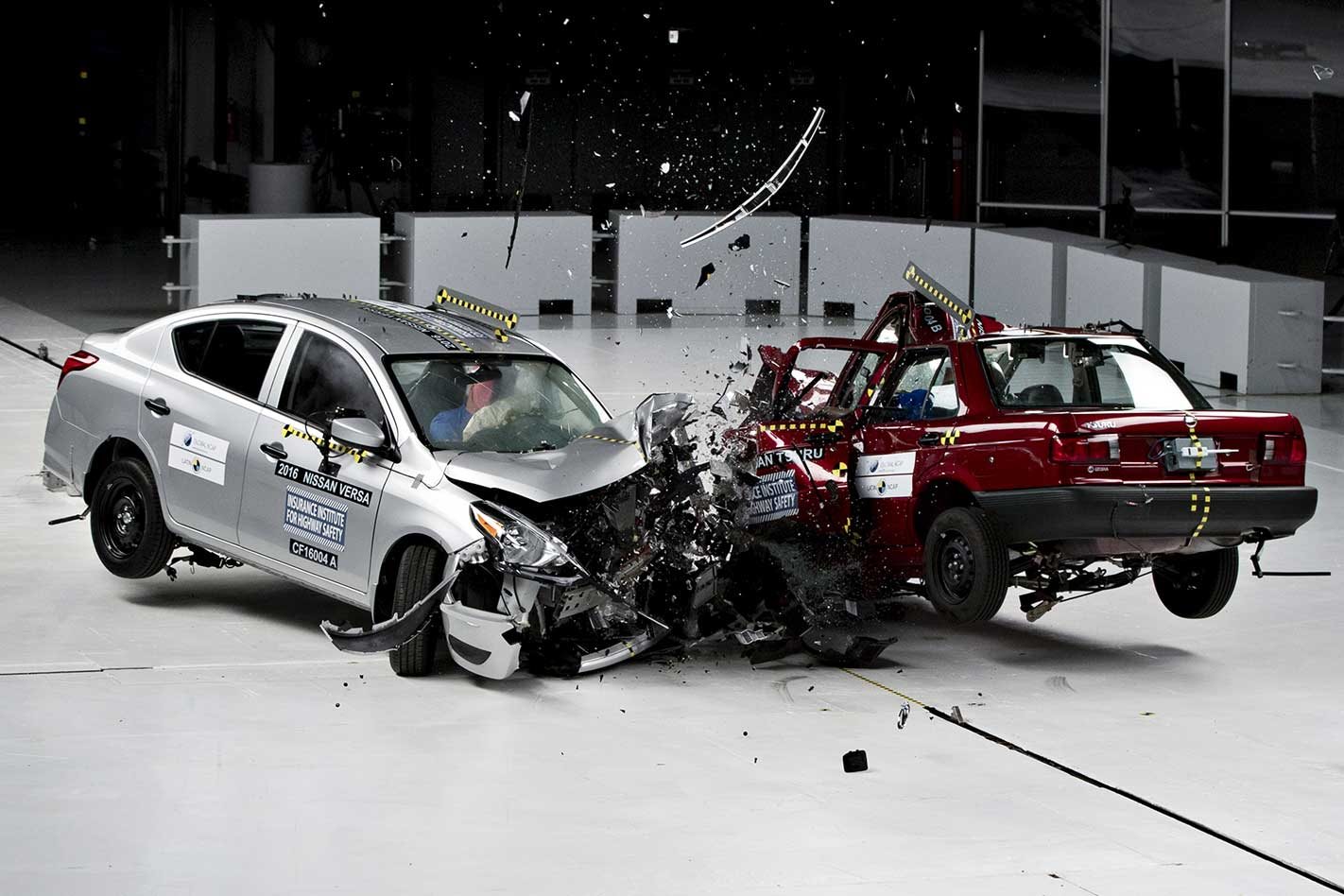A couple of weeks back my day started with a news bulletin featuring a frustrated and upset police sergeant attending a double fatality in Queensland.
It was distressing viewing, both to see someone so affected by his daily work but also to see him pose the question “What do we have to do?”, the frustration and confusion at the ineffectiveness of the road safety message boiling over.
Australia’s road safety problem is clear and it has little to do with drugs, alcohol, speed or fatigue. Australians can’t drive. This in itself is a huge issue, but what’s even more worrying is that we think we can.
In response to that initial news story MOTOR ran an online poll. More than 1000 people responded and 90 per cent of those rated themselves seven or above (10 being the best score). The specific breakdown was: 10 (23%), 9 (14%), 8 (32%), 7 (21%), 6 (6%), 5 (2%), 4/3/2 (0%), 1 (2%).
It wasn’t the world’s most scientific poll. It’s possible that by a statistical fluke the vast majority of people that responded are above-average drivers. I doubt it. I think the numbers are an accurate reflection of the problem outlined above. “It’s everyone else who can’t drive, not me.”
I may be part of the problem; I think I’m a pretty good driver. I initially went for an eight before dropping it to seven on the basis that I get distracted far too much (the curse of the modern driver).

In my defence I’ve spent more than a decade trying to achieve that number, attending regular Defensive, Advanced and High Performance driving courses with Audi, Porsche, John Bowe Driving, Evolve Driving and Performance Driving Australia along with a decade of club and state-level motorsport.
My point is that even with a higher level of training than most, at times I still feel all at sea. Like everyone, I make mistakes; however, training allows you to 1. Make fewer mistakes 2. Recognise those mistakes earlier and 3. Take appropriate action more quickly. It’s this training that is sorely lacking in Australia.
Attending those courses, you realise most people have no idea of the basics: how to sit in a car to maximise comfort and control, how to hold the steering wheel properly and how to perform the most rudimentary tasks that may one day save the lives of themselves and others.
One of the first activities at any driving course is an emergency stop. Many who attempt it for the first time don’t even push the brakes hard enough to activate the ABS; those who do frequently don’t understand why the brake pedal is pulsing and remove their foot again. Either way, a lack of basic knowledge results in an easily avoidable accident.

The reason it makes me so angry is actually a very simple and selfish one: I enjoy driving and all over the country great driving roads are being neutered by ever lower limits thanks to our road safety authorities’ myopic obsession with speed.
Here’s a statement that’ll warp their brains: on a dry, straight, clear road in a modern performance car (M5, C63, GT-R take your pick) there is absolutely nothing dangerous about a well-trained driver doing 200km/h or more. Note the number of qualifiers in that sentence. Conversely, in a crowded, slippery carpark 30km/h could be deadly. Context is everything.
Those who can drive are being punished for the ineptitude of those who can’t. I can’t ride a horse, but if I fall off and break my neck my equestrian inability shouldn’t mean galloping is banned and all passionate horse-riding enthusiasts be limited to walking speed.
There are statistics galore that ‘prove’ “5km/h more doubles this” and “wipe off 5 halves this” but numbers can say whatever you need them to. Authorities point to the steady decline in road fatalities as proof their methods are working and it’s true, road deaths have dropped over the decades: 3583 (1976), 2888 (1986), 1970 (1996) 1292 (2016).

I would argue that drop is almost entirely down to the incredible improvement in vehicle safety. Compare the road fatality figures to the number of people hospitalised due to road accidents (i.e. serious but non-fatal crashes).
In 1989, the first year data is available, 28,460 were hospitalised, a number which dropped to 21,519 by 1997. Since then, though, the figure has steadily increased to 35,552 in 2014 (the last year with available data). Fatalities are dropping, but serious crashes are more frequent.
Instead of the tired ‘Speed Kills’ rhetoric, it’s time the conversation was led by proper experts, people like Ian Luff and Steve Pizzati (to name just a couple), people who have dedicated their careers to driving at the highest level and teaching others to do so.
To his credit, our distressed sergeant delivers a similar message. “Take responsibility for yourselves,” he says, “It’s a serious business driving on the road,” stating that three fatal crashes had occurred in virtually the same spot over last 12 months with driver error being the predominant factor each time.

So we know the problem, what’s the solution? Simple: education. The first thing that needs to happen is to take driver training out of the hands of parents, relatives, siblings and friends and put it into the hands of trained professionals.
If your child wants to play tennis or piano or learn to paint, what’s the first thing you do? Ring someone who’s able to teach them properly. However, when it comes to driving, one of the potentially most dangerous activities anyone will undertake, home-schooling is fine. Remember the poll? Everyone thinks they can drive.
Driving lessons are expensive, but there’s no reason the program can’t be government subsidised. According to the Bureau of Infrastructure, Transport and Regional Economics, on average about 220,000 new drivers are added to Australian roads each year. A slightly flawed figure, as older drivers also disappear, but it’ll suffice to make a point.

Let’s give every one of those new drivers a $10,000 education. It doesn’t solve the existing driver problem, but new drivers are over-represented in accident statistics. Total cost: $2.2bn. That might sound like a lot of money, but an Australian Automobile Association report put the cost of Australian road trauma in 2015 at $29.7bn. According to an Australian National University study, in 2016 it was $33.16bn.
Based on these figures, if this world-class driving education results in just a 10 per cent reduction in accidents it’ll have paid for itself, not to mention the lives saved and reduction in social costs.
Alternatively, we can do nothing and the enormous improvement in vehicle safety will probably lead to a reduction in road deaths, if not accident rates. But until the root cause is addressed, we’re going to continue to see distressed and upset police officers on our screens.
Sources: – BITRE Yearbook 2017 – Australian Infrastructure Statistics – The cost of road crashes in Australia 2016: An overview of safety strategies – Car accidents cost Australians almost $30 billion a year
Do you agree that the real problem on Australian roads is the people behind the wheel?
Tell us your thoughts below.






